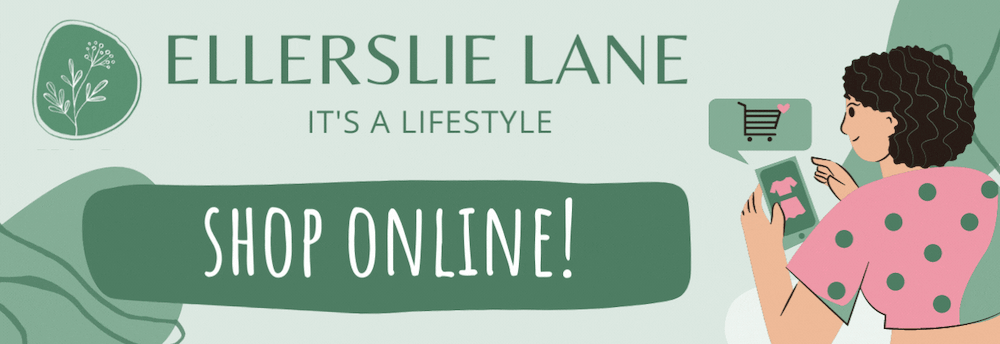Taking local languages to the next generation
Laura Williams
13 April 2022, 3:10 AM
 An abundance of dictionaries and language materials have made First Nations languages more accessible than ever before (Image: Charles Darwin University)
An abundance of dictionaries and language materials have made First Nations languages more accessible than ever before (Image: Charles Darwin University)The polls at primary schools around Australia have revealed that students would much prefer to learn First Nations languages over foreign languages. Across the Western Plains, teachers have already taken the initiative of pulling local languages into the classroom, learning it in their own time.
According to the results of The Children’s Voice Survey - a survey of 650 primary school children students and 630 parents around the country to gain a better perspective on learning opportunities - children would prefer the local Indigenous languages over the more commonly taught Japanese, Mandarin, French, Italian, German and Indonesian, and parents believe learning the history of Australia’s First Nations people is more important for their children than studying the Egyptian pyramids at school.
Gamilaraay woman Aunty Beth Wright has been teaching a variety of Indigenous languages through online courses from her base in Dubbo, where she has seen teachers take online classes in order to have the knowledge to bring to their own students.
“The Gamilaraay language is taught out at Walgett, which is my home town, the Yuwaalaraay language is taught out at Lightning Ridge and Goodooga, and we’re teaching the Wailwan language out in Warren,” Aunty Beth said.
To her, it’s common sense that children are seeking out languages closer to home.
“If you go away to another country you’re best to learn the language from that country. For too long now it's been in the English domain,” she said.
While some communities are under-resourced, the growing abundance of dictionaries, apps and Youtube videos has given Aunty Beth hope of ‘reawakening’ a language that was forced to sleep when she was younger, instructed not to speak her native language for fear of being taken.
“We’re seeing it a lot more on television too…it's more accessible now than would have ever been in the past,” she said.
The school survey found seven in 10 primary students want to regularly learn from a First Nations Cultural Educator, and yet only one in three had the opportunity at school last year to meet even one person from the local First Nations community.
Know Your Country ambassador and rock icon Peter Garrett said primary schools were specially placed to set up children for lifelong learning.
“If children are asking to learn more First Nations language and culture then we should listen to them,” he said.
“I’ve spent the last three months on tour around Australia - acknowledging Country at every stop - and I’m seeing how thirsty Australians are for knowledge of First Nations people and culture. Even so, schools, not rock concerts, should be Australians’ gateway to the world’s oldest living culture.”
Last week, the Federal Opposition announced that it would commit $14 million over 3 years to employ a First Nations Language and Culture Teacher in 60 schools.
In Dubbo, students from St Andrew’s School recently performed a version of ‘We Are Australian’ that had been translated into Wiradjuri to an audience of over 600.
“To hear our language in that medium, being sung by kids from all different nationalities and to feel that they were proud to sing the words in language, it was beautiful,” said Aunty Beth.


